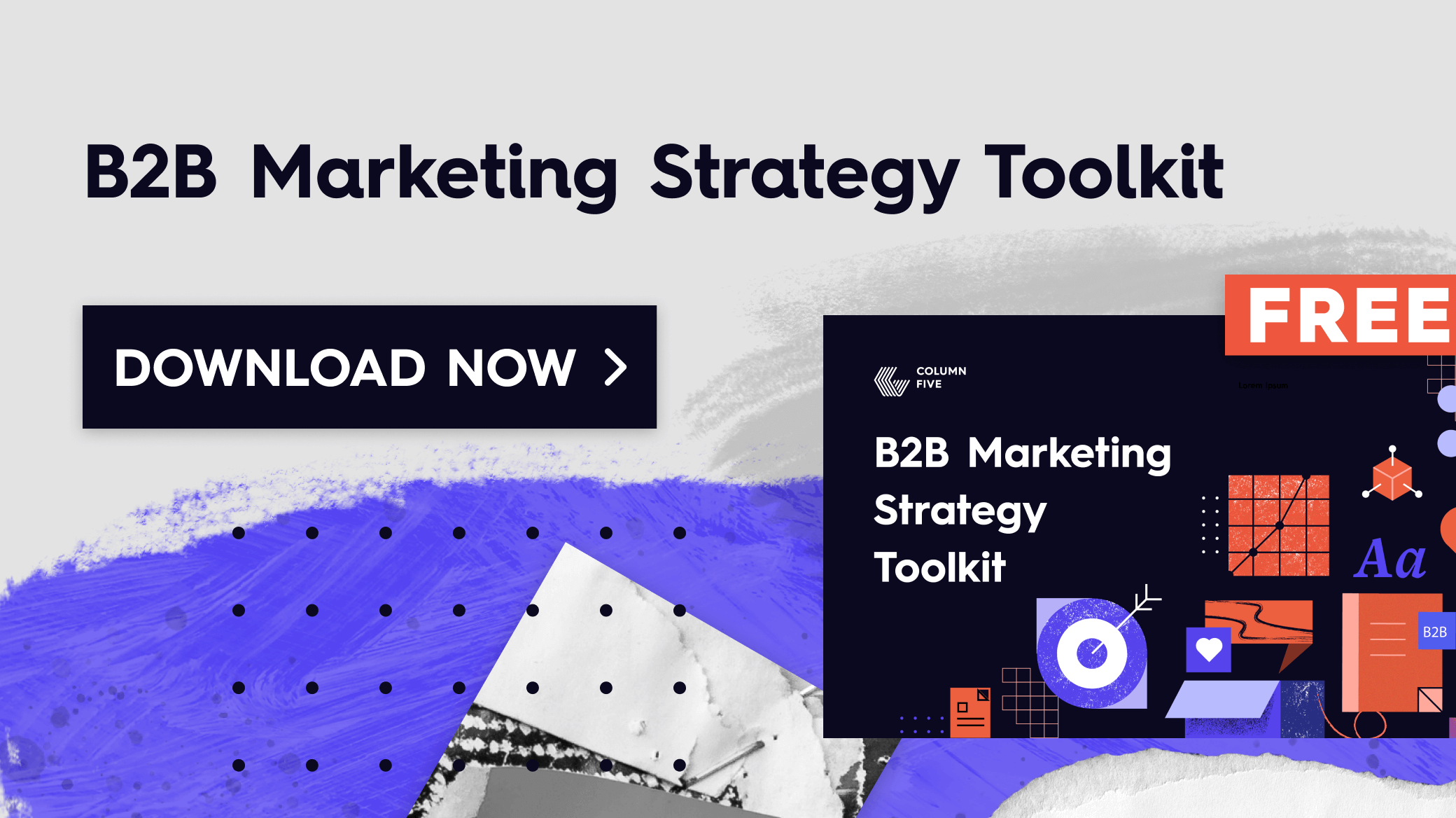There’s no question that defining your audience is one of the most challenging parts of building a strong marketing strategy. But this work is crucial to deliver the right message, to the right people, at the right time. Unfortunately, one of the most common mistakes B2B marketers make is thinking about their audience as one single set of personas. In actuality, your audience ecosystem includes two key groups: your Ideal Customer Profile (ICP) and your target personas.
When you distinguish and analyze each group individually, you make your messaging more impactful, your content more convincing, and your story resonate at every level—no matter who you’re talking to.
So, to help you work more effectively, today we’re diving into ICPs and target personas to break down the differences, show you how to document both in your content strategy, and offer ideas to use each to transform your marketing.

What Is an Ideal Customer Profile?
To start, you need to think of your audience as two groups: the companies you want to work with (Ideal Customer Profile) and the key decisionmaker(s) within those companies (personas).
An ICP represents the type of company you want to focus your marketing efforts on, or the type of company most likely to purchase your products or services. (ICPs are especially useful for B2B brands that do account-based marketing.) Instead of identifying an entire industry or specific persona that could benefit from your products and services, you focus on a specific type of company within said industry. (For example, our own agency serves the B2B tech industry, but we identify our ICPs as growth-stage SaaS companies.)
When it comes to your marketing, your high-level messaging (aka value prop) speaks to your ICP, addressing the pains they have and the gains your brand can provide.
How to Identify Your ICP
You can create up to 3 ICPs that represent your perfect customer, based on these seven key traits:
- Industry
- Company size (total employees, total accounts/customers, etc.)
- Business model (B2B, B2C, SaaS, retailer, etc.)
- Budget
- Decision makers
- Company pain points
- Business goals
Tip: One easy to way to identify an ICP is to look at the key traits of your current customers (and, really, your favorite current customers). The more you optimize your marketing for these specific customers, the easier it will be to attract them.
What Is a Target Persona?
Whereas an ICP defines your ideal customer at the business, target personas define the specific people you’re going to target at the role level (the key decision makers who are searching for solutions).
Personas are the documentation of those individuals’ needs and wants to help you understand their mindset and how to position your product/service effectively. The more you understand their unique motivators, fears, and pain points, the better you can tailor personal and emotionally driven marketing messaging to them.
How to Create Personas
To create personas, you need to document the key attributes relevant to the individual, such as:
- Name
- Job title
- Description of role and responsibilities
- Education and professional background
- Age
- Gender
- Motivators
- Fears / concerns
Tip: Download our free personas template, and follow our step-by-step guide to create personas that work.
How to Put Your ICP and Target Personas to Work
The biggest benefit of doing this work is being able to use it to approach your audiences from all angles, speak to their unique motivators, and say the right thing at the right time.
- Tailor specific value propositions for your ICPs. Update your key value prop messaging (on homepage, landing pages, etc.) to speak to the core pains that ICPs experience with existing products/services, and tie those to the gains they’ll get using your products/services. For more detailed tips to do this effectively, see our guide to write a great value proposition.
- Tailor campaigns and messaging for target personas. Use our free persona messaging matrix to identify messaging pillars, proof points, and CTAs for your persona campaigns. Note: This messaging will be informed by your overall value propositions, but it will specifically address each persona’s unique motivators for working with your brand.
Tip: Once you have your value props and messaging matrix complete, look for ways to brainstorm unique campaigns to target each group. You can start with our complete guide to create marketing campaigns that make an impact.
Most importantly, remember that B2B marketing is an ever-evolving practice. While documenting your ICPs and personas is a crucial part of your content strategy, this is not a one-and-done process. Re-examine or re-evaluate your ICPS and personas every 6 months based on marketing/sales performance. (You also want your sales and product teams to have a say in the development of ICPs since this directly impacts their line of work.) It may seem like inconvenient work to do, but we guarantee that investing in your strategy up front will give you infinitely better results months down the road.
Of course, if you’re still struggling to see the right results, you may consider bringing in expert help. If you’re on the hunt for the right partner, see our tips to find an agency, check out our content strategy FAQs, or reach out directly.





